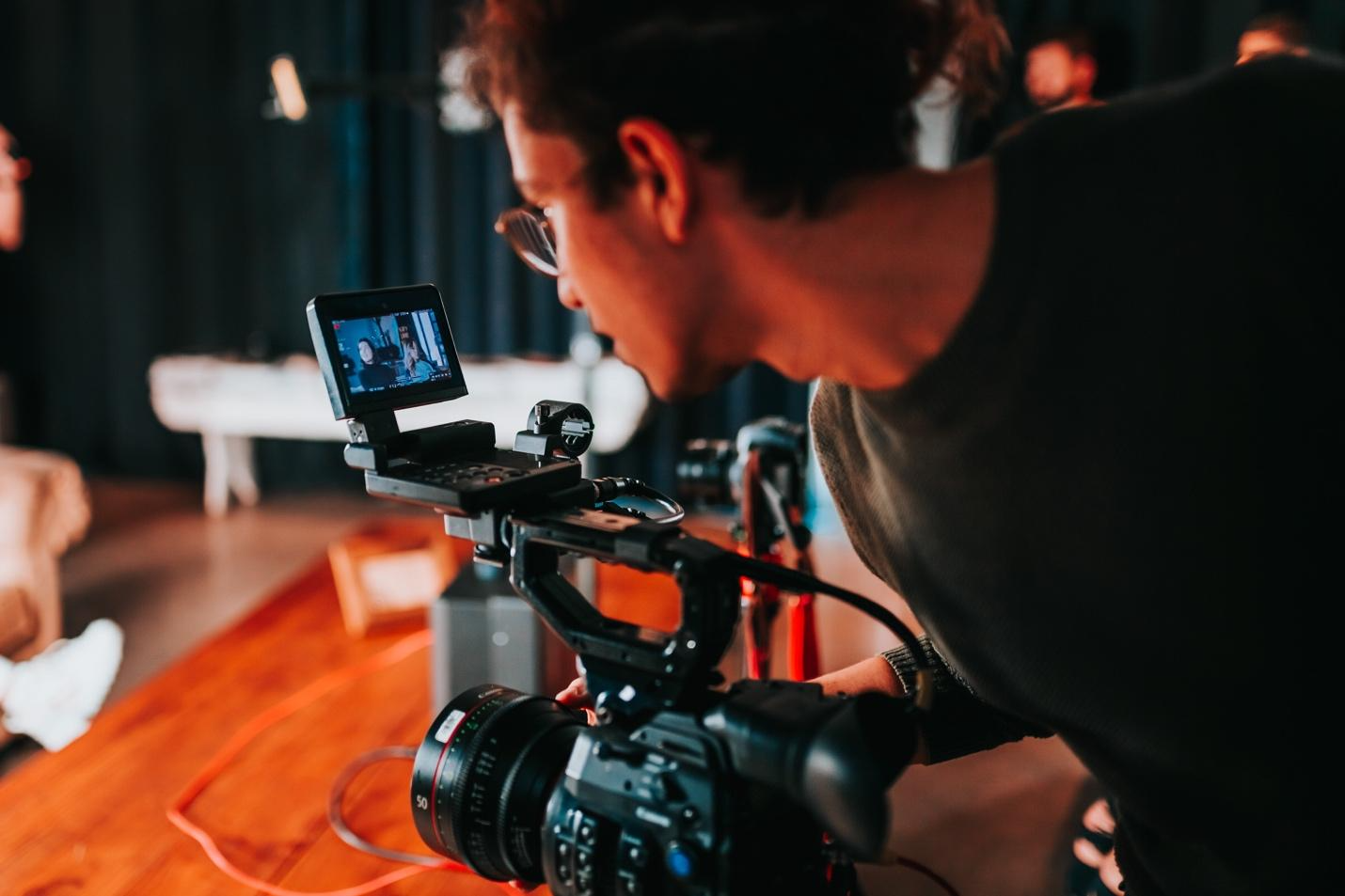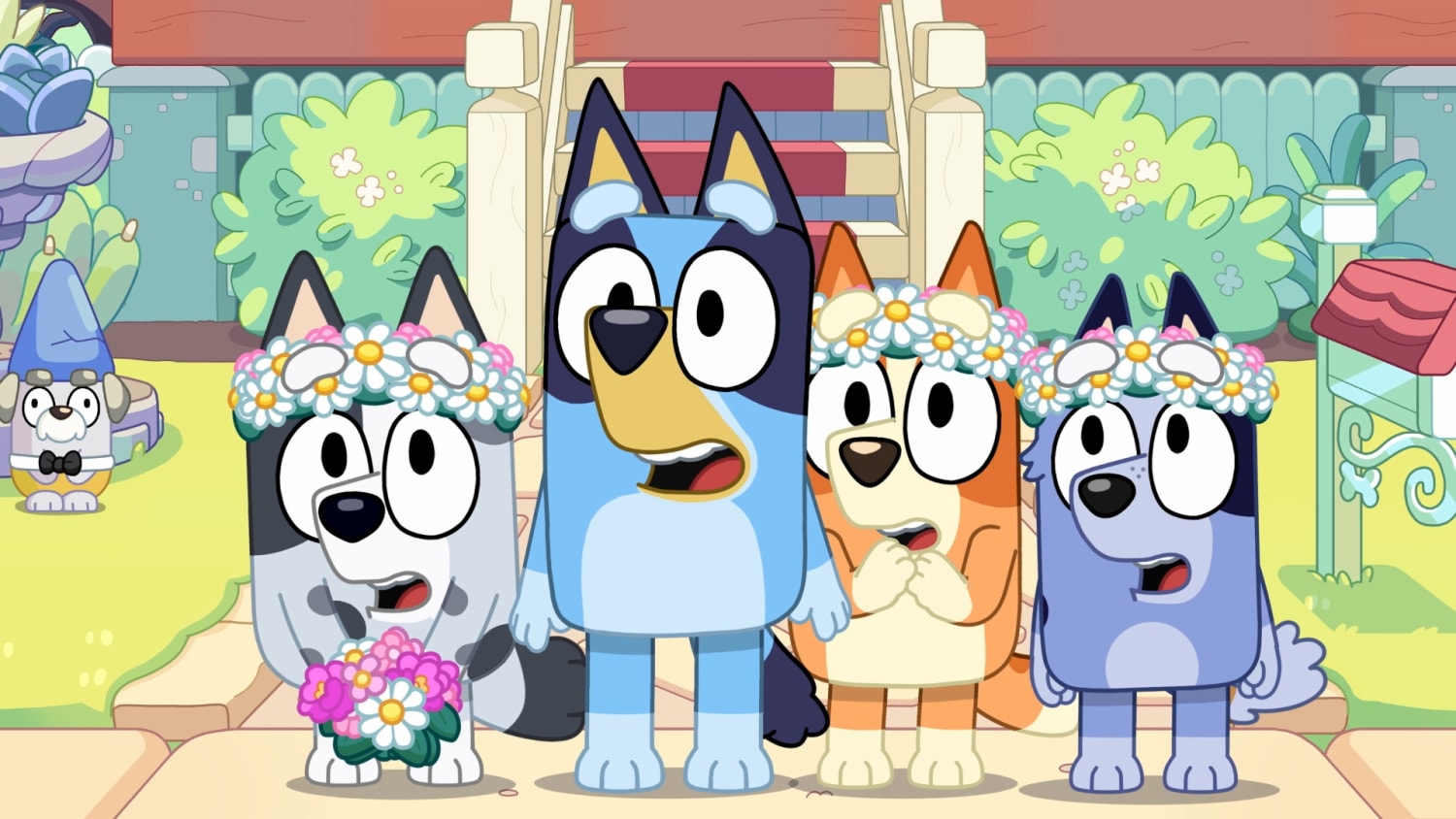Entertainment transcription is the process of transcribing audio and video content, such as interviews, podcasts, TV shows, movies, and music, into written text. It involves the task to listen to the audio or watch the video and then accurately type it in a text format. This task is usually performed by professional transcriptionists who have the necessary skills and experience to deliver high-quality transcriptions.
What Is Entertainment Transcription?
Entertainment transcription involves transcribing audio and video content from the entertainment industry. This includes transcribing interviews, podcasts, TV shows, movies, and music, among others. Transcribing entertainment content can be a challenging task as it needs a high range of accuracy and absolute attention.
The Benefits Of Entertainment Transcription
There are several benefits to transcribing entertainment content. First, transcribing content makes it more accessible to a wider audience, including those who are deaf or hard of hearing. Additionally, transcribing content can make it easier to look out for particular information in the text document. Transcriptions can also be used as a reference or study material, or as a script for a video or podcast.
Audio And Video Content Types That Can Be Transcribed
Entertainment transcription covers a wide range of audio and video content. Some examples include:
Interviews
Podcasts
TV shows
Movies
Music
Speeches
Webinars
Conferences
How To Transcribe Audio And Video Content Using Transcription Software
Transcription software can make the process of transcribing audio and video content more efficient and accurate. Here are the steps to transcribe audio and video content using transcription software:
Choose a transcription software: From the number of options available in selecting a transcription software, choose a software that meets the requirement of your budget.
Upload the audio or video file: Once you have chosen the software, upload the audio or video file you want to transcribe.
Use the software's transcription tools: Most transcription software comes with tools to make the process of transcribing easier, such as playback speed control, auto-punctuation, and speaker identification.
Edit the transcription: After the software transcribes the audio or video content, edit the transcription for accuracy and clarity.
Proofread the transcription: Once you have edited the transcription, proofread it again to ensure there are no errors or omissions.
Tips For Transcribing Audio And Video Content
Transcribing audio and video content can be challenging, especially if you are a beginner. Here are some tips to help you transcribe more efficiently and accurately:
Listen carefully: Pay close attention to the audio or video content to ensure you transcribe accurately.
Use headphones: The utilization of headphones enables better hearing of audio and minimizing the background noise.
Use transcription software: Transcription software provides transcribe more efficiently with high accuracy.
Use keyboard shortcuts: Analyze the keyboard shortcuts to save time while transcribing.
Use timestamps: Timestamps helps you to identify the particular portions of audio-video content.
Take breaks: Transcribing for long periods can be tiring, so take breaks regularly to avoid burnout.
Common Challenges In Entertainment Transcription And Its Solution
Transcribing entertainment content can be challenging due to various factors, such as accents, background noise, and multiple speakers. Here are some common challenges and how to overcome them:
Accents: Accents can be difficult to understand, especially if you are not familiar with them. Try using headphones and slowing down the audio to help you decipher the words.
Background noise: Background noise, such as music or ambient noise, can make it difficult to hear what is being said. Use noise-cancelling headphones or try using a software that can filter out background noise.
Multiple speakers: Multiple speakers can make it challenging to identify who is speaking. Try to listen for tone and context clues to determine who is speaking.
The Importance Of Accuracy In Entertainment Transcription
Accuracy is essential in entertainment transcription, as even a small error in the text can change the entire context of the content. It is crucial to ensure that the transcription is faithful to the audio or video content and that it captures the speaker's intended meaning.
Final Words
Entertainment transcription is a vital task in the entertainment industry, making audio and video content more accessible and searchable. However, transcribing entertainment content can be challenging, and accuracy is crucial to ensure that the transcription captures the intended meaning accurately.
FAQs
What are the benefits of transcribing entertainment content?
Transcribing entertainment content makes it more accessible to a wider audience and easier to search for specific information within the text.
What types of audio and video content can be transcribed?
Entertainment transcription covers a wide range of audio and video content, including interviews, podcasts, TV shows, movies, music, speeches, webinars, and conferences.
What are some tips for transcribing audio and video content?
Some tips include listening carefully, using headphones, breaking the audio into sections, and taking breaks regularly.
What are some common challenges in entertainment transcription?
Some common challenges include accents, background noise, and multiple speakers.
Why is accuracy important in entertainment transcription?
Accuracy is crucial to ensure that the transcription captures the intended meaning accurately and avoids changing the meaning of what is being said.



